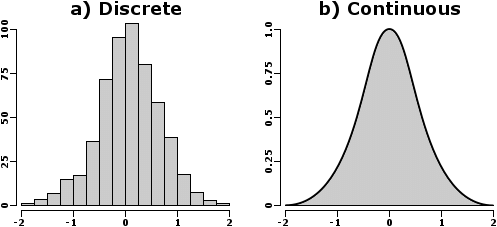Types of Variation
11SCI - Genetics
Finn Le Sueur
2024
Ngā Whāinga Ako
- Understand the importance of variation
Brainstorm: Variation
What are some ways that humans vary?
Continuous vs Discontinuous
- We can split variation up into two different groups: continuous and discontinuous.
- Continuous is a spectrum like height or hair colour
- Discontinuous is things like attached or dangling earlobes

Whakamātau: sciPAD Page 50
Sources of Variation
There are four main sources of variation that we are interested in:
- Mutation
- Sexual reproduction
- Fertilisation
- Environment
Mutation
- Random changes in the base sequence of DNA that may result in a new allele forming.
- Many things can cause mutations: think radiation (e.g. UV & skin cancer)

Sexual Reproduction (Meiosis)
- Meiosis is the process through which your body produces gametes (sex cells). These are sperm and ova in humans.
- It produces cells that have only one allele for each gene (23 chromosomes) so that when it combines with the opposite gamete, a full 46 chromosomes are made.

Fertilisation
- When sperm and ova fuse, it is a random event. So, the final combination is random chance.
Environment
- In some organisms the environment alters the expression of a genotype. Food and nutrient availability, competition, light intensity and disease may modify an expected phenotype.
Natural Selection
- The biological imperative for any organism is to pass along its genes.
- The better you are able to this, the more fit (biologically speaking) you are.
- Therefore, natural selection is about environmental pressures that cause some individuals to die, while others survive due to a slightly different phenotype!
- We can see that variation is key to surviving change.